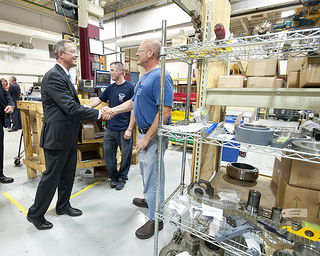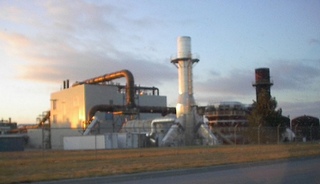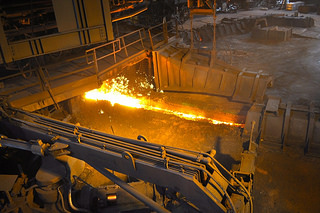U.S. Manufacturing on the Rebound, but Looks Much Different Today

Over the past 30 years, U.S. manufacturing has undergone a tremendous loss because jobs were outsourced or moved overseas, where labor was cheap and readily available. However, the new resurgence in U.S. manufacturing is underway, as labor costs in the States becomes competitive with other parts of the world and the energy revolution allowed by newly developed oil and natural gas fracking opens up more opportunities. However, the face of U.S. manufacturing today looks much different from what it did before the transition overseas, and even different from what it looked like before the recent economic recession. Today’s manufacturing facilities no longer have a need for manual milling and machining. These high-tech facilities are largely automated. For example, the Parkdale Mills yarn factory in Gaffney, South Carolina produces 2.5 million pounds of yarn every week with the help of just 140 workers. In 1980, it would have taken a staff of 2,000 workers to produce the same quantity.
This doesn’t mean there aren’t any jobs available in manufacturing, as the sector has added 700,000 new jobs since 2010. However, it does mean that the jobs available are different from those before. These industries need skilled workers to design, construct, and install the high-tech robotics system, as well as maintain them. There are also plenty of jobs in service industries for these manufacturing companies, including insurance, cleaning services, and other support staff. Even the raw materials that these manufacturing facilities use are coming from U.S. suppliers, meaning more U.S. jobs.
The challenge for manufacturers today is finding enough skilled laborers to fulfill the new jobs. Community colleges and trade schools are gearing up with new programs to train such workers, but these programs aren’t filling the factories with workers quickly enough. Some manufacturers have adopted the European concept of apprenticeships to train the workers they need quickly and adequately.
The benefits of the new, more automated manufacturing facility include more competitive products, higher quality products, and the ability to be more flexible and responsive to customer and market demands.







